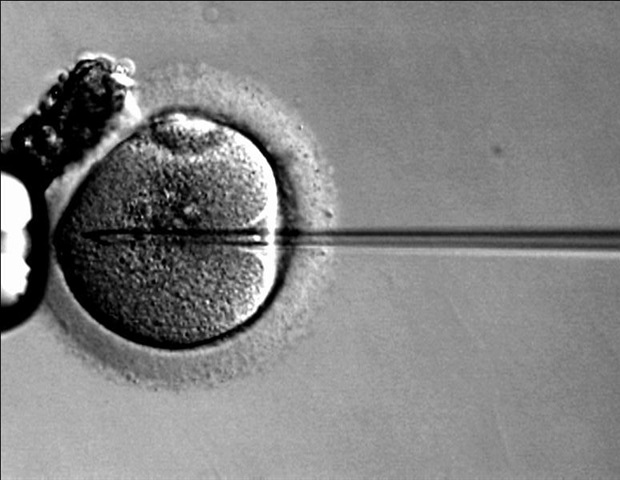
Reviewers’ Notes
takethehealth.com

Reviewers’ Notes
Researchers have developed an engineered adeno-associated virus (AAV) vector that yields high transduction of brain vascular pericytes and smooth muscle cells. The study describing the characterization of this novel AAV capsid is published in the peer-reviewed journal Human Gene Therapy.
In the current study, Servio Ramirez, from Temple University School of Medicine, Patricia Musolino, from Massachusetts General Hospital, and Casey Maguire, from Harvard Medical School, and coauthors, characterize AAV-PR, the capsid that demonstrated high transduction of the brain vasculature. AAV-PR offers the possibility of genetically modulating brain pericytes and smooth muscle cells in the context of neurodegeneration and other neurological diseases, according to the investigators. Many common neurodegenerative diseases, including Alzheimer's disease, Parkinson's disease, multiple sclerosis, and amyotrophic lateral sclerosis, involve the brain vasculature.
Because so many neurologic conditions stem from vascular dysfunction, the ability to deliver genes to the cells comprising these vessels could be truly paradigm shifting."
Editor-in-Chief Terence R. Flotte, MD, Celia and Isaac Haidak Professor of Medical Education and Dean, Provost, and Executive Deputy Chancellor, University of Massachusetts Chan Medical School
Mary Ann Liebert, Inc.
Ramirez, S. H., et al. (2023). An engineered AAV capsid mediates efficient transduction of pericytes and smooth muscle cells of the brain vasculature. Human Gene Therapy. doi.org/10.1089/hum.2022.211.
Posted in: Medical Science News | Medical Research News | Medical Condition News
Tags: Alzheimer's Disease, Amyotrophic Lateral Sclerosis, Brain, Capsid, Education, Gene, Gene Therapy, Genes, Hospital, Medical School, Medicine, Multiple Sclerosis, Muscle, Neurodegeneration, Neurodegenerative Diseases, Parkinson's Disease, Pericytes, Sclerosis, Vascular, Vasculature, Virus